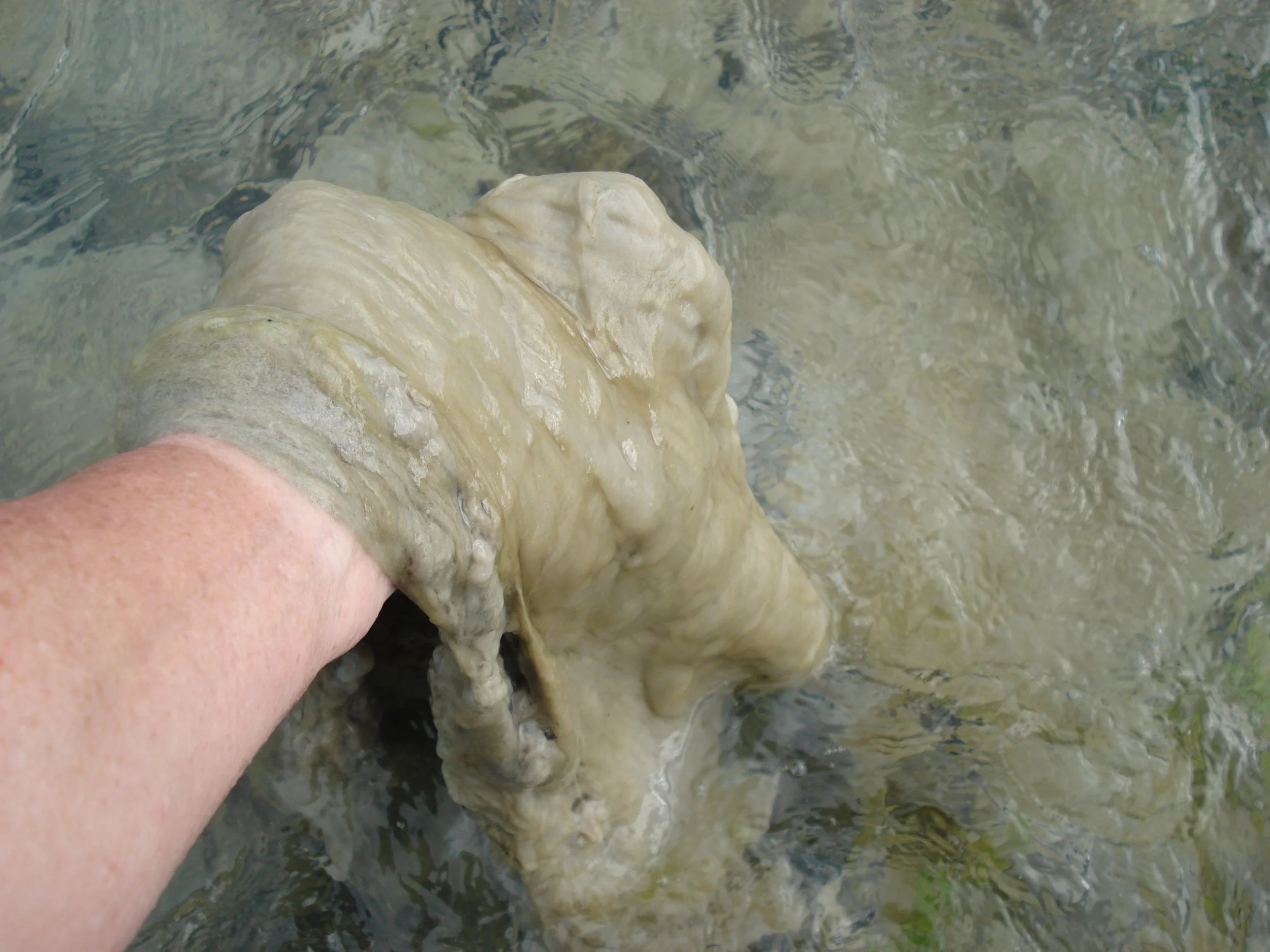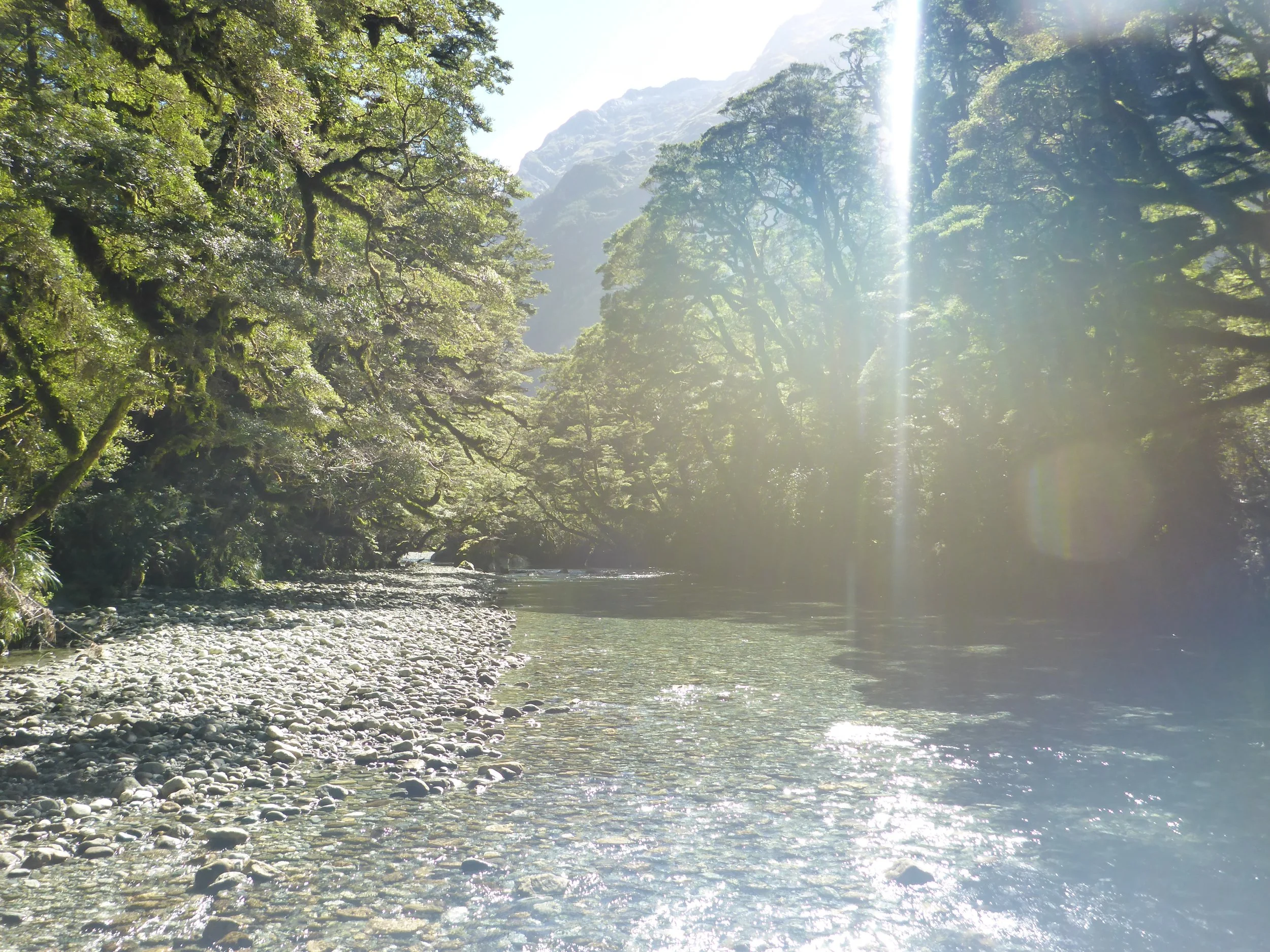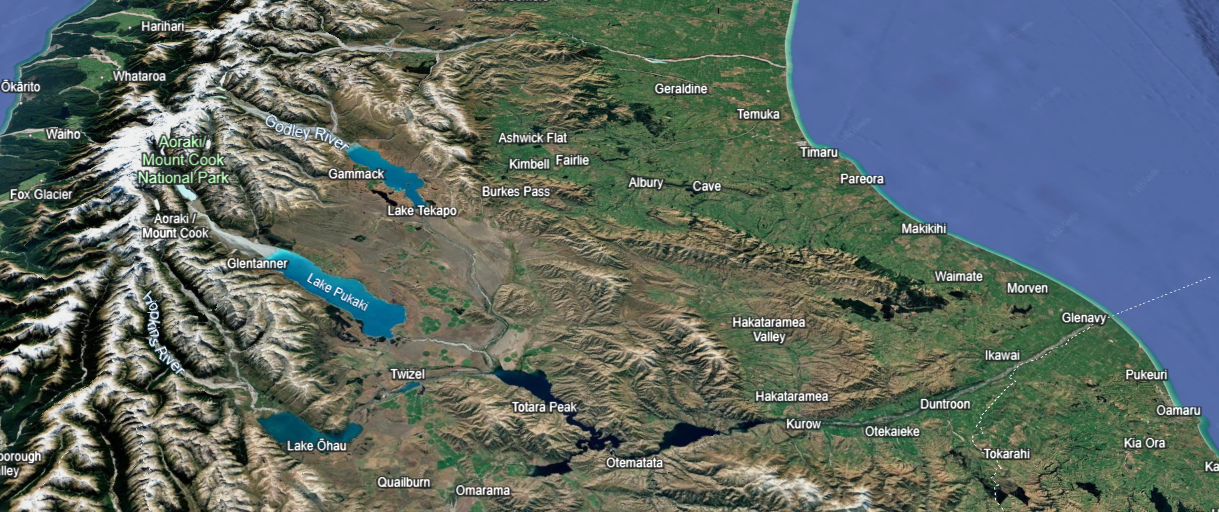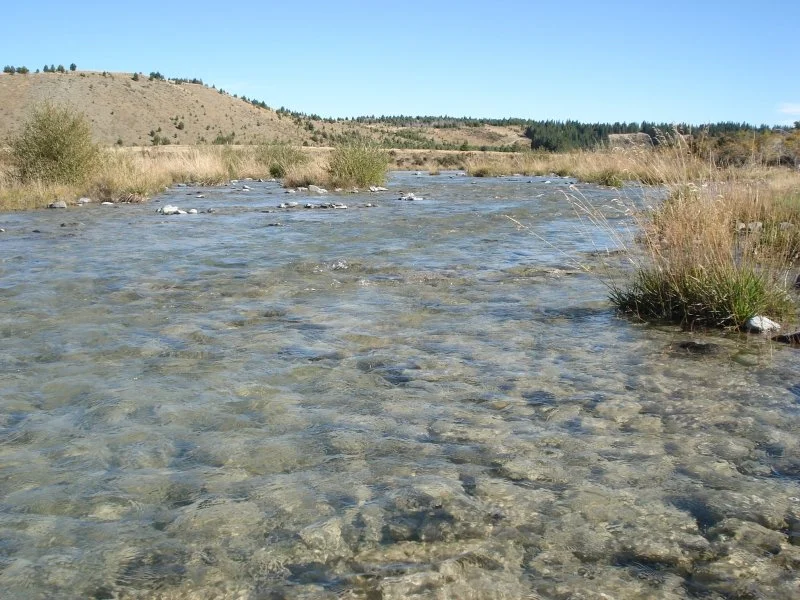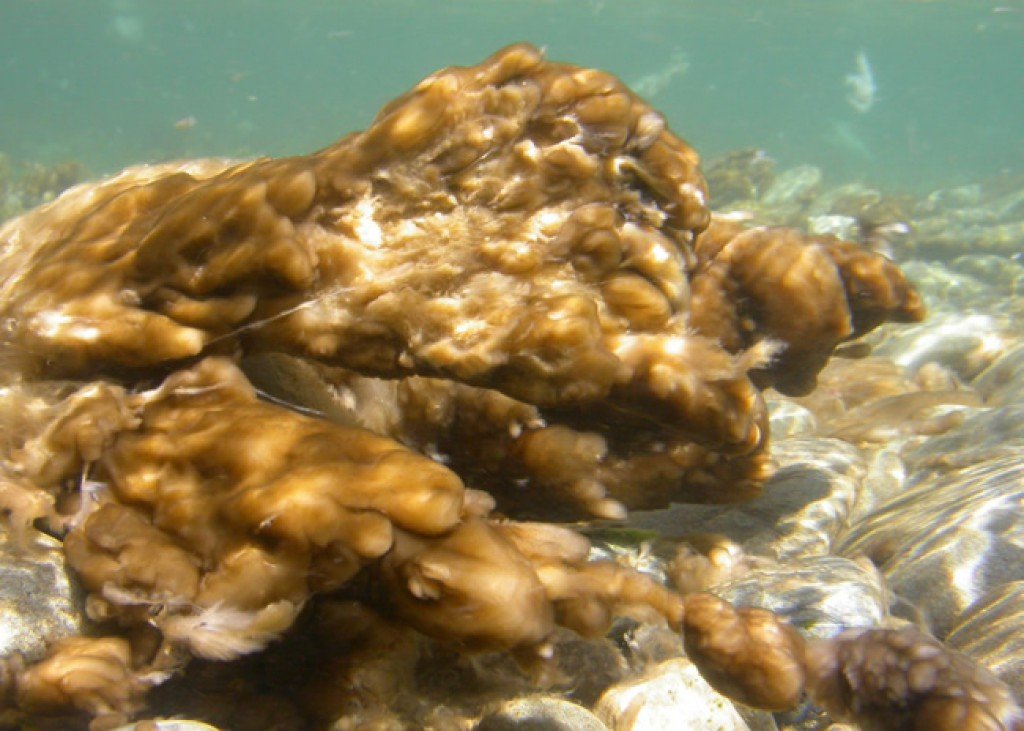Please donate
Please support our mission by contributing today. Help protect our rivers from didymo.
We are in desperate need of funding for this research project. Didymo is not the current priority of funding bodies. At present, as far as we know, there is no government or regional or even philanthropic research that is currently happening in New Zealand that is trying to find new ways to control didymo (they are just encouraging water users to limit its spread and measuring its spread). If we don’t do this research, it looks like no-one will and New Zealand’s rivers are at the mercy of the behaviour of a “rock snot”-producing alga.
Anything you can help us with would be hugely appreciated. If we can raise enough funds to get the project started and prove that what we are intending can actually work, then we are hoping that this will persuade funding bodies, regional and governmental departments to take notice and step up to continue the funding to completion.
We are not-for-profit; all funds will go towards didymo research and control. If we are successful, or if we fail, either way any excess funding will either be returned to the funding body, or if not returnable (e.g. small amounts from many individuals) we will pass it on to the most suitable organisations (e.g. Fish & Game, or Landcare Research, etc)
Didymo ‘Rocksnot”, Upper Ohau River, Picture courtesy of NIWA
The pristine Clinton River, Fjordland, currently not yet affected by didymo.
How much funding does this need?
Well, to get to the point that the lab work was successfully completed and the project ready to hand on to the Governmental agencies that would be involved in any field trials (such as MPI, Biosecurity NZ, etc) will take a lot of funding. Its probably a 5 year project. The exact time and cost is unpredictable because it depends on whether things work quickly and easily, or whether its really hard, initial ideas don’t work and there are repeated experiments testing new strategies.
We would need lab staff, in multiple labs, some doing RNA sequencing, some doing iRNA construction, some doing culture trials with didymo growing in the lab under different conditions. It would need the lead scientists in each lab, probably a post-doc scientist (who typically cost $200,000 per year to cover lab consumables, overheads and salary). It would need a number of PhD students who typically cost $50,000 or more, depending on lab costs and other overheads.
Our honest, back of the envelope guess is the project will likely cost $5million, but the actual range is widely unpredictable.
Our first target is $2000, as that should cover the first sample collection, the permits required, the sequencing of didymo from one river, looking for any novel viruses that may currently exist in didymo that could be one potential delivery mechanism for interfering RNA. To date we have spent $650 on setting up this website and buying the domain name for 1 year. This has been donated by the research team.
Below is a map of the Waitaki River catchment area. This has been affected, to different degrees, by didymo. For example the Upper Ohau River pictured below. Just below the map is our fundraising total (currently $2373 as of 21st September, target $5million). So if our fundraising target would get us from the Great Divide to the mouth of the Waitaki, we are currently just the first few flakes of snow high in the mountains above Lake Pukaki and Lake Tekapo.
We will update this chart regularly so we can show progress. There is also a Progress blog page, which we will regularly update, to give more details as to where we are at with the research project.
The Upper Ohau River with river bed smothered in didymo. Picture courtesy of NIWA. Please support us so that we can try to return our rivers back to health and biodiversity.
Didymosphenia bloom, Hawea River. Photo: Manaaki Whenua
